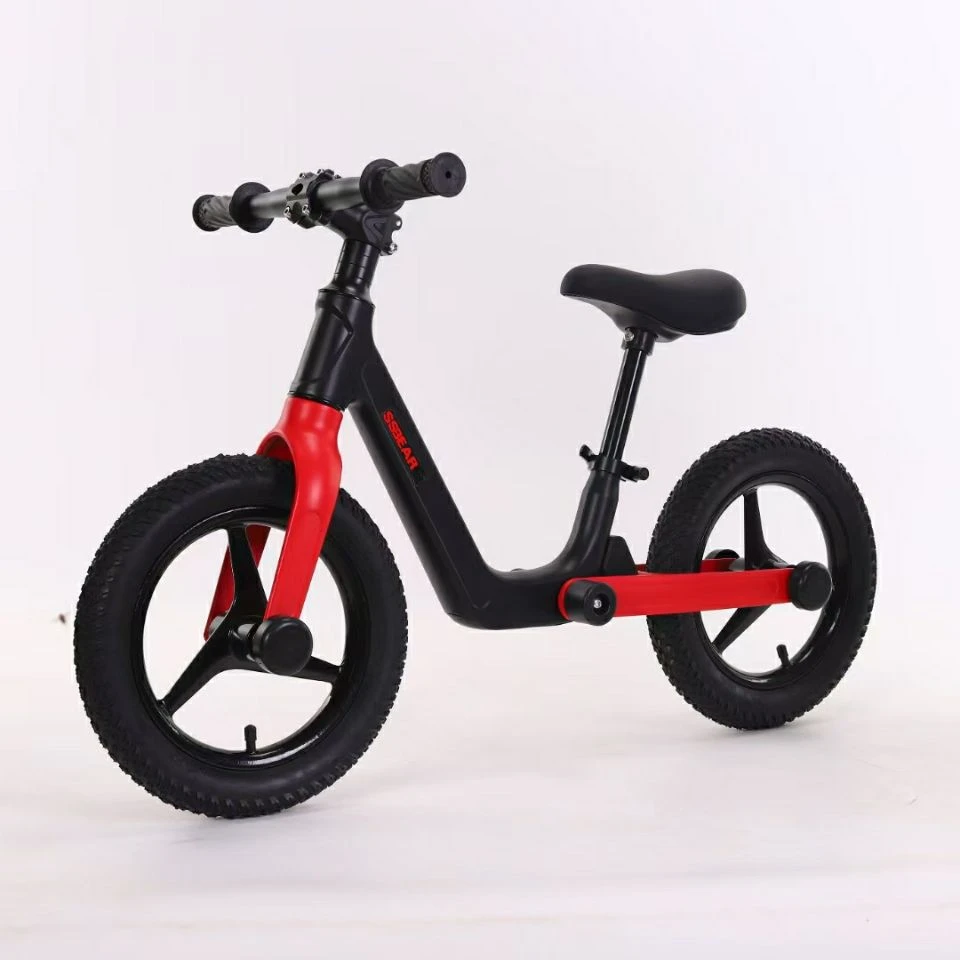full sus mtb
Understanding Full Suspension Mountain Bikes A Comprehensive Guide
Mountain biking has evolved significantly over the years, and one of the most noteworthy advancements is the development of full suspension mountain bikes (full sus MTB). Designed for optimal performance on rough terrains, these bikes combine advanced engineering with rider comfort and control. In this article, we’ll explore the key features, advantages, and considerations of full suspension mountain bikes, helping you make an informed decision on whether this type of bike is right for you.
What is a Full Suspension Mountain Bike?
A full suspension mountain bike is equipped with both front and rear suspension systems, as opposed to a hardtail bike, which only features front suspension. The primary purpose of the suspension is to absorb shocks and bumps encountered on rugged trails, allowing for a smoother and more controlled ride. Full suspension bikes usually feature a frame design that integrates various components such as shock absorbers, linkages, and pivot points to optimize performance.
Key Features of Full Suspension MTBs
1. Front and Rear Suspension Full suspension bikes include forks at the front and a rear shock, both designed to absorb impacts. The front fork generally has more travel (the distance the fork can compress) than the rear, contributing to better handling when descending.
2. Geometry The geometry of full sus MTBs is designed for improved stability and handling on challenging terrain. Lower bottom brackets and slacker head angles enhance control, while a longer wheelbase offers stability at speed.
3. Weight and Material Full suspension bikes can be made from various materials, including aluminum, carbon fiber, and steel. Carbon fiber models tend to be lighter and stiffer, offering improved performance, while aluminum bikes are generally more affordable.
4. Adjustability Many modern full suspension bikes come with adjustable suspension settings. Riders can tune their shock and fork settings according to their riding style and the terrain they encounter.
5. Tire Clearance Full suspension MTBs often have wider tire clearance, allowing for larger tires that can provide additional grip and cushioning.
Advantages of Full Suspension Mountain Bikes
1. Improved Comfort The dual suspension system effectively dampens shocks from roots, rocks, and other trail obstacles. This minimizes fatigue, allowing for longer and more enjoyable rides.
full sus mtb

2. Enhanced Control Riders experience better traction and control on rough terrain, leading to safer navigation through technical sections. This can enhance a rider's confidence, particularly on descents.
3. Versatility Full suspension bikes are well-suited for a variety of terrains and riding styles. Whether you're tackling steep climbs, technical descents, or smooth cross-country trails, the performance of a full sus MTB can adapt to different conditions.
4. Descending Performance When descending, the rear suspension helps keep the wheel grounded, improving traction and reducing the chance of losing control.
Considerations When Choosing a Full Suspension MTB
While full suspension mountain bikes offer numerous benefits, there are some considerations to keep in mind
1. Weight Full suspension bikes are typically heavier than hardtails. This added weight can affect climbing efficiency. Therefore, if you primarily ride trails that involve a lot of climbing, a hardtail may be a more suitable choice.
2. Maintenance The added complexity of dual suspension systems can lead to increased maintenance requirements. Riders should be prepared for regular maintenance checks and potential repairs.
3. Cost Full suspension mountain bikes tend to be more expensive than hardtails. It’s essential to evaluate your budget and determine how much you’re willing to invest in a quality bike.
4. Riding Style Consider your riding style and the types of trails you’ll be conquering most often. Not all terrains require the capabilities of a full suspension bike, so choose according to your primary riding conditions.
Conclusion
In summary, full suspension mountain bikes represent a significant advancement in mountain bike technology. They offer unparalleled comfort, control, and versatility, making them ideal for tackling a variety of terrains. While they come with their own set of considerations, many riders find that the benefits outweigh the potential downsides. Whether you’re an experienced rider or just starting, investing in a full suspension bike could greatly enhance your mountain biking experience, inviting you to explore the trails with confidence and excitement.
-
kids-scooter-tiny-olympic-games-scooterathlonNewsAug.22,2025
-
kids-scooter-waves-xingtai-zhongzhous-global-rippleNewsAug.22,2025
-
baby-tricycle-oem-legacy-zhongzhou-forgedNewsAug.22,2025
-
xingtais-twin-tricycle-revolution-siblings-ride-togetherNewsAug.22,2025
-
baby-tricycle-design-inspired-by-ancient-armorNewsAug.22,2025
-
nfc-chip-enabled-oem-baby-tricycle-trackingNewsAug.22,2025
-
The Perfect Baby TricycleNewsAug.11,2025








